Is it a small bird? Is it a mouse? It’s a microbat!
Even though individuals are small in size, microbats make up to one-fifth of all Australian mammals. The Park is pleased to host at least twelve species of microbat, with some being year-round residents, and others migratory.
During winter we welcome the annual return of the Large Bent-wing Bat (Miniopterus orianae oceanensis). After their breeding season, this species is known to disperse as far as 300km away from their breeding caves in order to find a warm winter refuge.
Although the name suggests this microbat is large, it only weighs up to a maximum of 20 grams!
Like other microbats, this species is known for their small size, use of echolocation, and ability to eat lots and lots and lots of night-time flying insects.
Large Bent-wing Bats eat a range of night-time flying insects including order Lepidoptera (moths), Diptera (mosquitos, midges), Orthoptera (crickets) and Coleoptera (beetles). They catch these insects during flight using the tail or wing membrane and then transfer to their mouths.
Reaching speeds of up to 50km per hour in flight, and traveling up to 65km in one night, this species feeds on up to three-quarters of their own body weight in insects per night!
Going batty in June!
Five of the twelve microbats living in the Park are classified as threatened, including the Large Bent-wing Bat which is categorised as vulnerable under state legislation.
So how can you help stop these tiny creatures from disappearing?
- Turn off outdoor lights at night and shut your blinds/curtains
Artificial lighting at night can disrupt natural behaviours of nocturnal animals. Foraging patterns of microbats are particularly affected.
- Limit your use of pesticides, or look for alternatives
Pesticides can harm bats directly by poisoning, and indirectly by reducing the availability of insects for them to feed on.
- Keep your cats inside
Our fuzzy pet cats may be cute to us but are ferocious predators to these small Australian mammals. Prevent predation by keeping domestic pets separated from our wildlife.
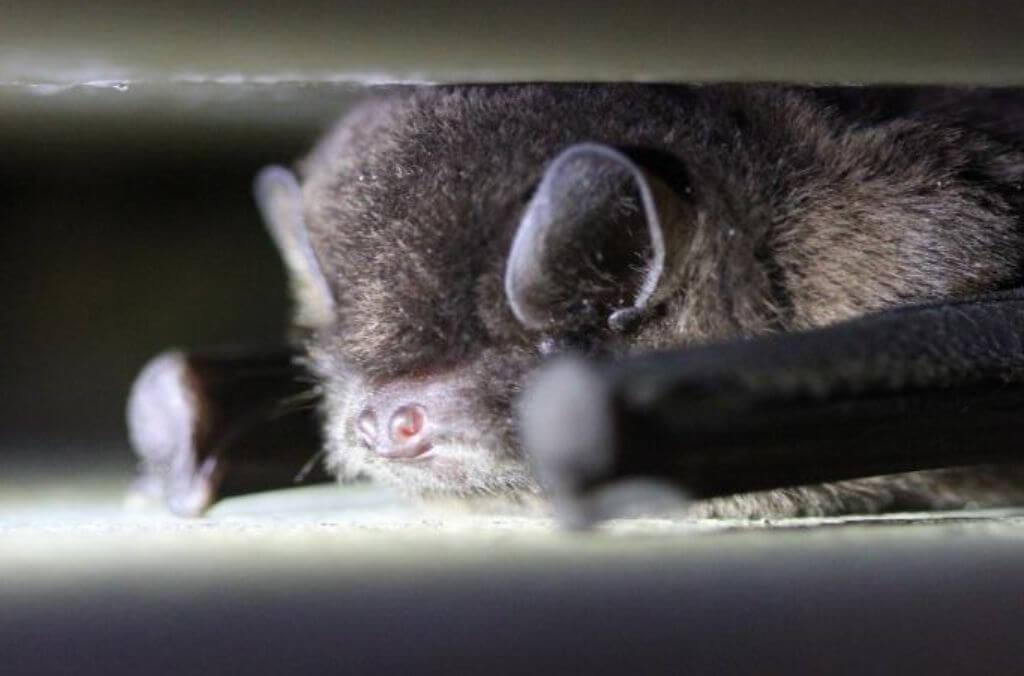
Species like the Large Bent-wing Bat sometimes find opportunities to roost in man-made structures, squeezing themselves into the right sized cracks or crevices and hunkering down to rest. 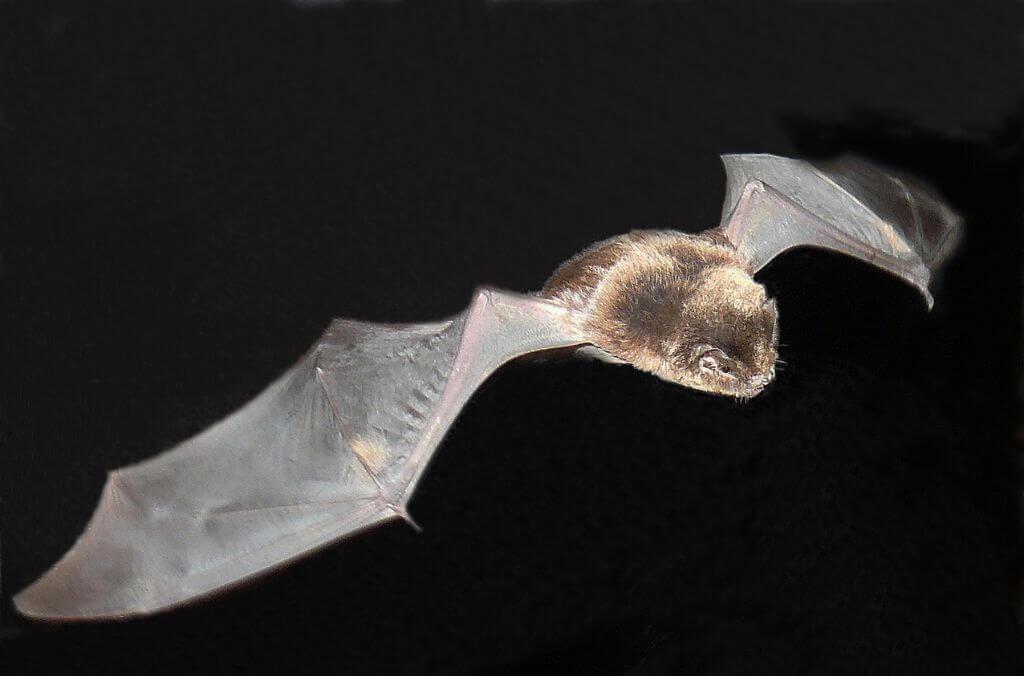
The distinctive ‘bent wing’ appearance of this species comes from the last bone on its third finger being significantly longer than the other fingers bones, causing the wing to fold back, creating a noticeable bend in the wing. © Marg Turton
You might also be interested in...
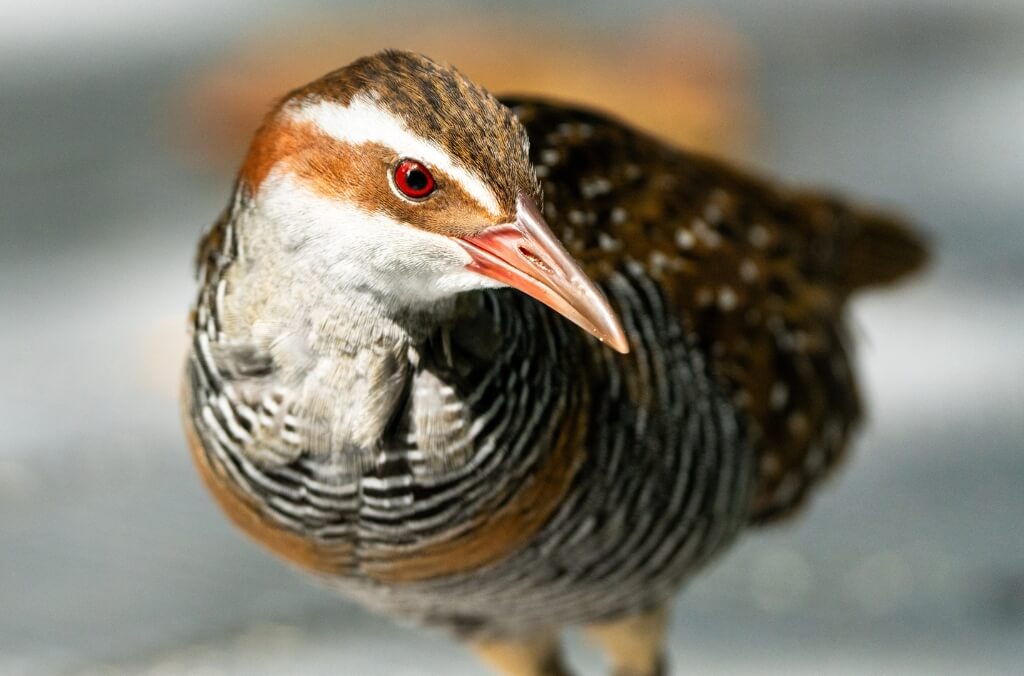
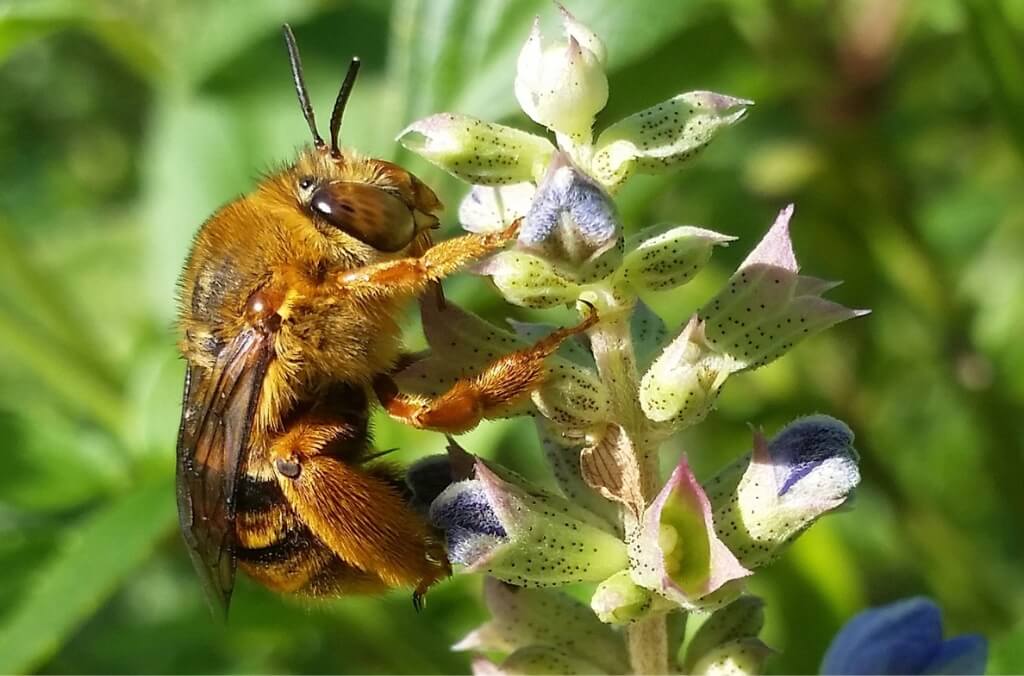

They say you sometimes need to fake it until you make it, but in nature, there are species that need to fake it to survive.
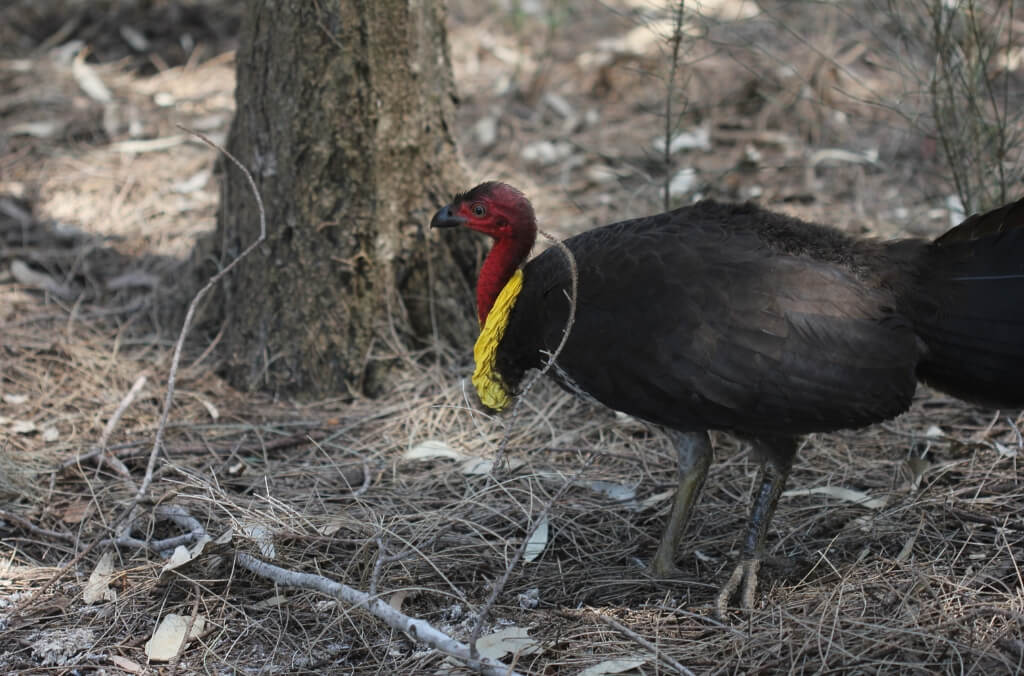

When you look at an Australian Brush-turkey, you may not automatically think this bird has engineer status.